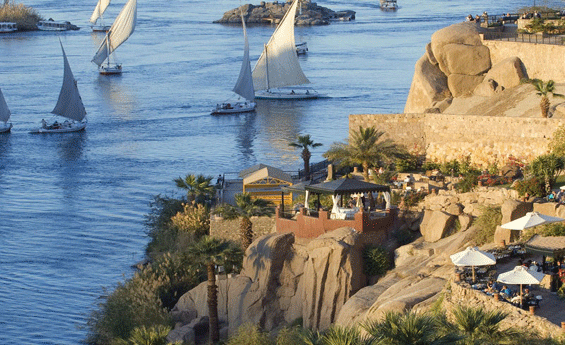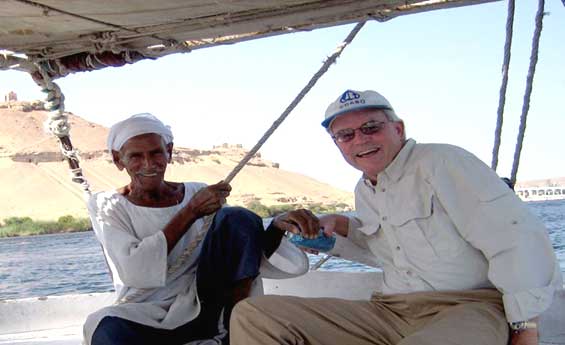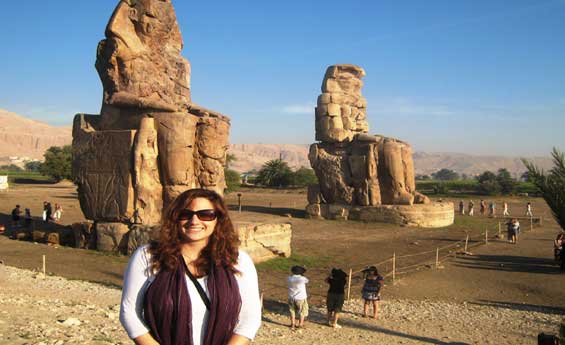Aswan is the most beautiful city on the banks of the Nile River, as it is the most favorite winter resort for all people since the nineteenth century. Shaspo Tours gives you the opportunity to visit this fascinating city and its wonderful attractions. Choose from our wide selection of Egypt Tours and Aswan Tours.
One of the wonderful attraction within Aswan is Kalabsha Temple. The temple is back to the roman times and was dedicated to the Nubian god Mandoulis, and dates back to the time of roman emperor Augustus, later other emperor have contributed for the construction, such as kaligula and Trjan. It originally was built on much early site that dates back to the 18th dynasty and most probably goes back to king Thothmosis and Amenhotep II. The temple is considered among the most complete temples in all of Nubia.
The design of Kalabsha Temple is classical for the Ptolemaic period with pylons, courtyard, hypostyle hall and three room sanctuary. However, the Pylon is offset, which creates a trapezoid in the courtyard beyond. It was built on the site of an earlier structure built by Ptolemy IX as evidenced by a chapel. There is also a small chapel and gate on Elephantine Island from Kalabsha, and a gate built by Augustus was given to the Agyptisches Museum in West Berlin.
The courtyard just inside the pylon once had columns on three sides. At either end is a staircase that leads to the upper stories of the pylon and a good view of Lake Nassar. On the right screened wall separating the courtyard from the hypostyle hall is an inscription from Aurelius Besarion (about 249 AD), the governor of Ombos and Elephantine, decreeing the expulsion of swine from the town for religious purposes. On a column here is the text of King Kharamadoye and is one of the longest Meroitic inscriptions found to date. On an end wall is thought to be an inscription of the 5th century Nubian King, Silko, who conquered the fierce Nubian Blemmyes. Other seances on the on the screen walls include the King with Horus and Thoth. On the rear of the vestibule are scenes depicting a Ptolemaic king making offerings to Isis and Mandulis. Also, Amenhotep II, who founded the original temple (1450 to 1425 BC) upon which this one is built, is making offers of wine to Min and Mandulis.















































































 Aswan Luxor Nile Cruise from Cairo
Aswan Luxor Nile Cruise from Cairo  Aswan Felucca Ride
Aswan Felucca Ride Aswan Day Tours from Marsa Alam by Vehicle
Aswan Day Tours from Marsa Alam by Vehicle Cairo, Aswan, Abu simbel and Luxor Special Tours
Cairo, Aswan, Abu simbel and Luxor Special Tours Luxor Nile Cruise from Sharm El Sheikh
Luxor Nile Cruise from Sharm El Sheikh  Cairo and Nile Cruise Holidays by Flight
Cairo and Nile Cruise Holidays by Flight